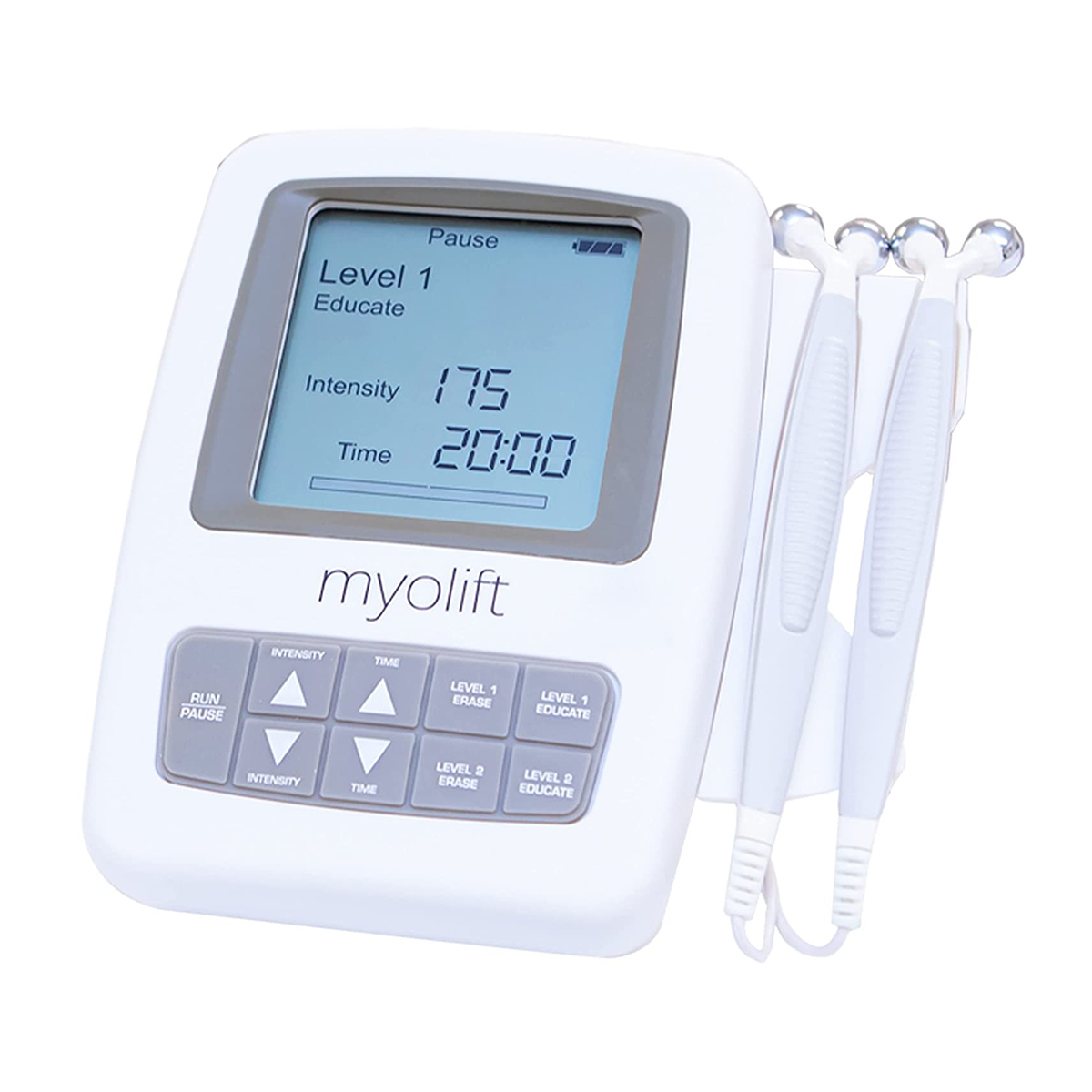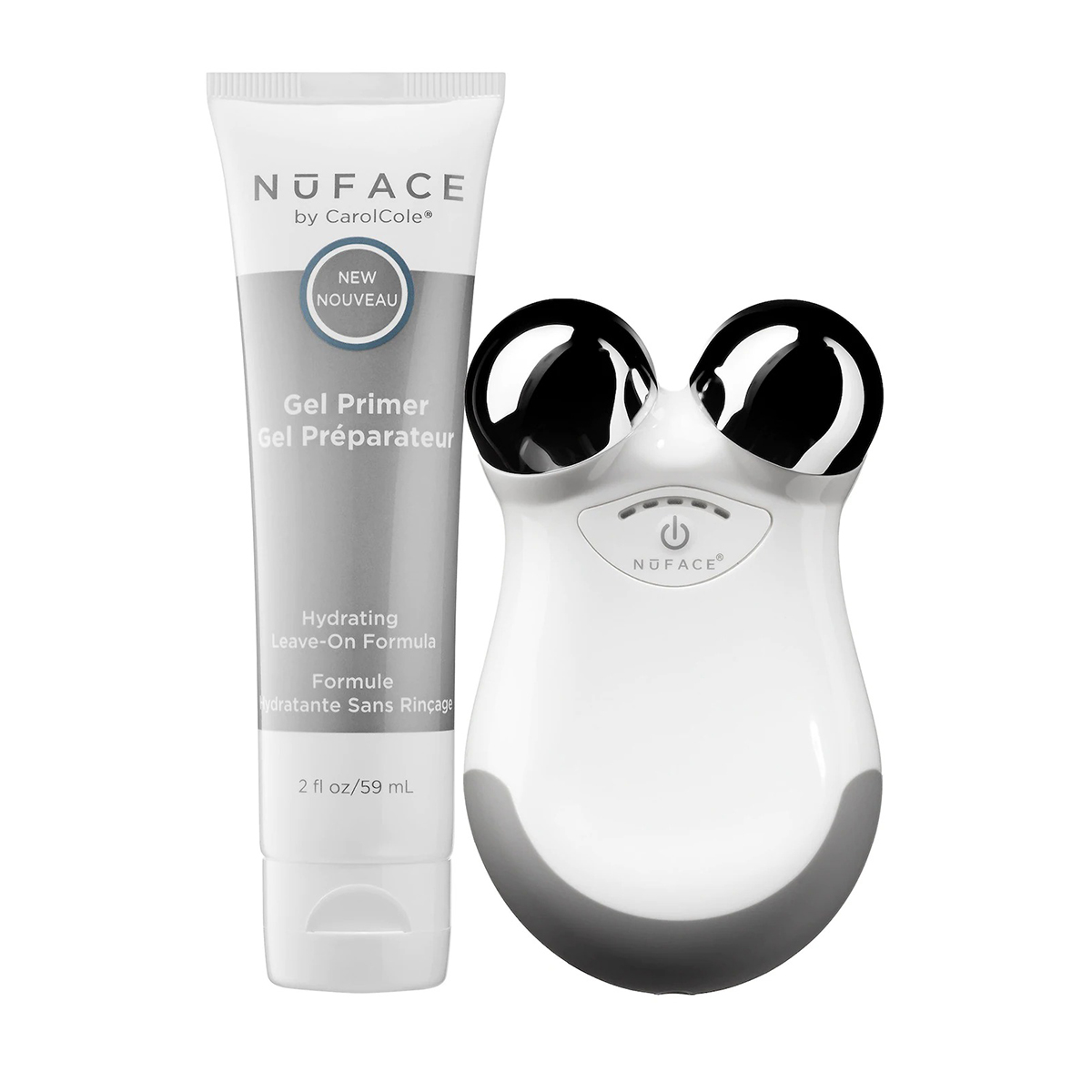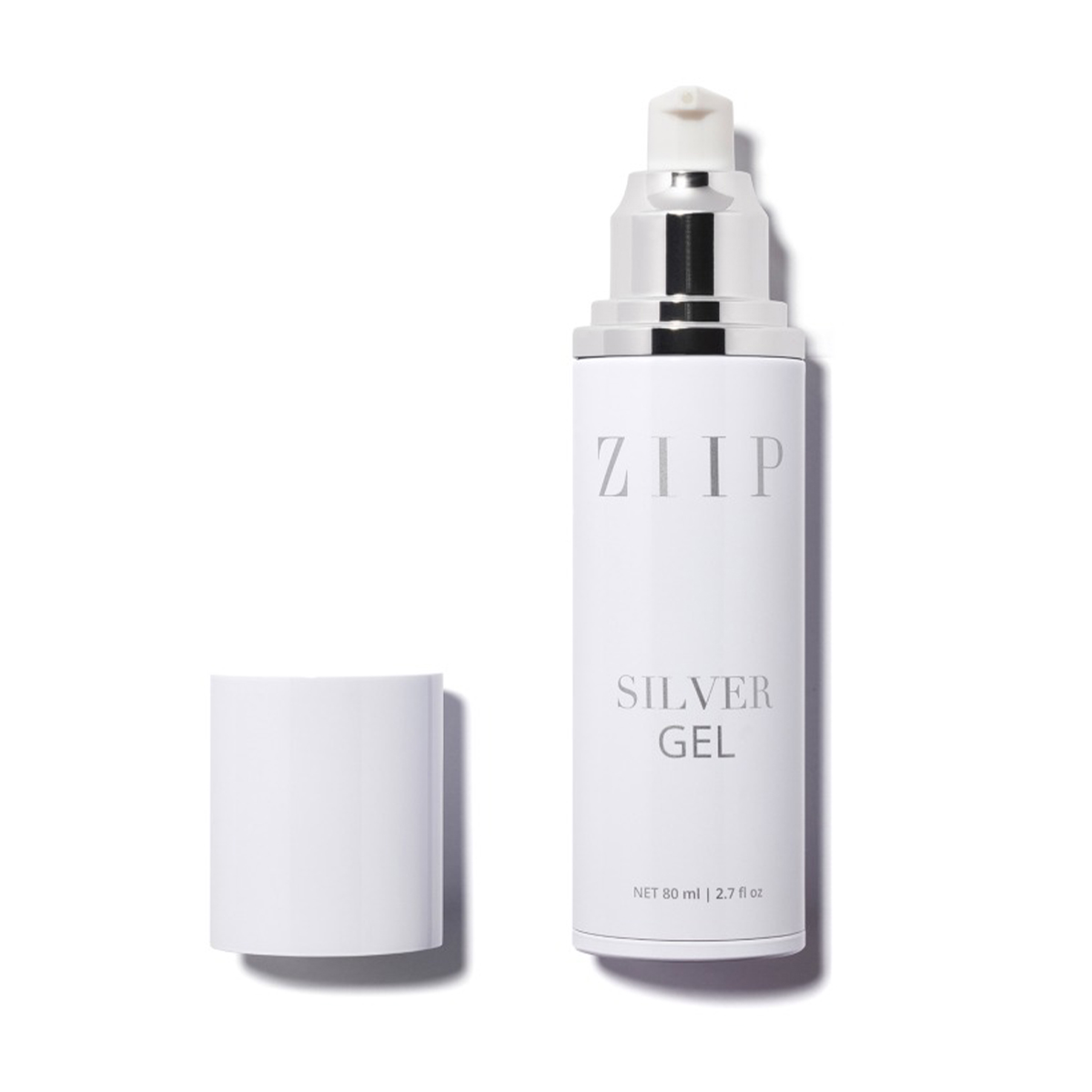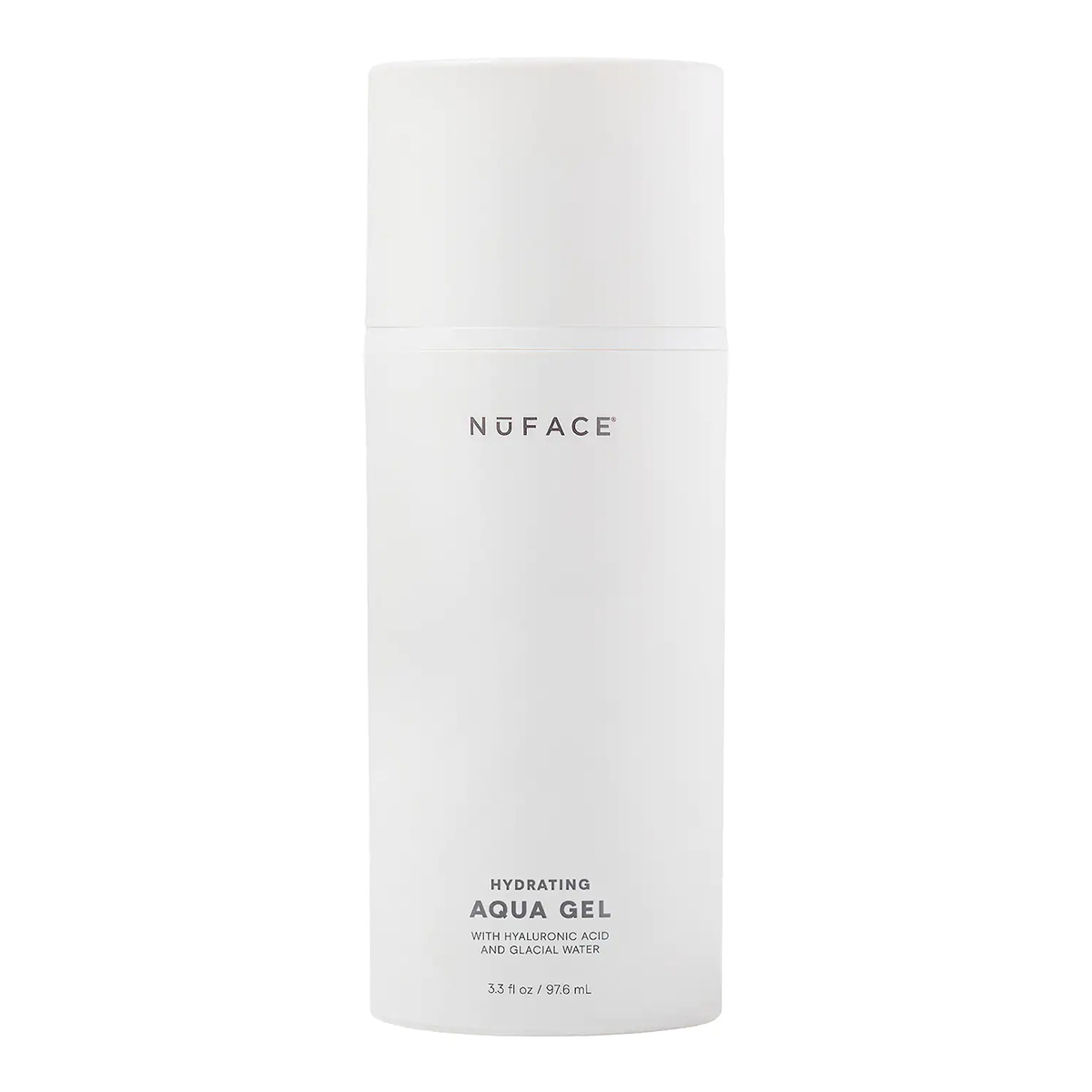The Truth About Anti-Aging Skincare Devices, Straight From an Expert

Although I'm a beauty editor, I won't lie to you, I still get extremely confused when it comes to youth-enhancing skincare devices. I've been wanting to invest in something that will help keep my skin looking youthful (like a microcurrent device), but there are a lot of other types of devices out there that seem good on paper and promise dramatic results. Here's the thing, though. If I'm going to invest a lot of time, energy, and money into a device, I want to make sure it's actually high-quality. Because I don't exactly have the knowledge to choose the absolute best one, I decided to turn to esteemed aesthetician Katie Sobelman for advice.
I slid into her DMs asking about all things microcurrent (one of her specialties!), what the deal is with EMS devices, and how folks can go about choosing the right device for them. Keep reading below for her super-helpful guide and anti-aging device recommendations.
Microcurrent vs. EMS Devices

You may have seen both microcurrent devices and EMS devices out there on the market but aren't sure the difference between the two or what they even really do. I asked Sobelman to clear up the confusion for us. "While both EMS and microcurrent are electrical currents used for muscle stimulation, they are quite different from each other," she explains. "EMS, which stands for electro muscle stimulation, is a form of faradic current, an interrupted direct current that is measured in milliamps and creates visible muscle contraction when applied to the body. It is best suited for larger muscles of the body and is too active for the more delicate muscles of the face.
"Microcurrent is an alternating current, as it uses both positive and negative polarities. The current is measured in micro amps (uA) with an intensity of 175-1000 uA. To put this in perspective, 1000 microamps is one milliamp. Microcurrent mimics the body's own bioelectrical frequencies to stimulate the muscle, surrounding tissues, and even cellular activity. One of the greatest benefits of microcurrent is its ability to increase cellular energy in the form of adenosine triphosphate, also known as ATP. Increasing this cellular energy allows for optimized cellular function, giving your cells everything they need to do all the important things like synthesizing collagen, creating new cells, repairing damage, and preventing invasion from intruders."
So yeah, you might want to think twice before hitting purchase on an EMS device. To be perfectly honest, I almost bought one myself but pumped the brakes and slid into Sobelman's DMs instead to ask if she recommends these types of devices. "I don't recommend EMS for the face, as it is too stimulating for these delicate muscles," she says. "EMS creates visible muscle contractions, which depletes ATP. Microcurrent, on the other hand, increases ATP with every treatment, so not only are you increasing the health of the muscle, but you are also increasing the health of the skin. This is why microcurrent gives both instant and long-term results."
What to Look for in an Anti-Aging Skincare Device
If you're looking to invest in a youth-enhancing skincare device, it's a good idea to get clear on your goals. "First, figure out what exactly you are trying to address," Sobelman shares. "Do you want to firm your skin, minimize fine lines and wrinkles, or do you want to improve muscle tone? Once you know what you are trying to achieve, it's easier to then find the right device for the job. Second, look for devices with either clinical or consumer studies to back up their claims. There are a lot of device options out there, and narrowing them down to treatments that have proven results makes your search that much easier. Lastly, be realistic. Look for devices with treatment schedules that will fit in your own schedule. It doesn't matter how effective a device is if you don't make time to actually use it."
For microcurrent specifically, you can use devices like this both preventatively and correctively. "If you are using a microcurrent device to correct the signs of aging, you should use your device four to five times a week until you see the desired improvement, then a few times a week for maintenance," Sobelman says. If you're incorporating microcurrent into your skincare routine for prevention, she recommends using your device two to three times per week. Our skin's aging process is also multifaceted, so the best way to treat age-related issues utilizes a varied approach. Keep in mind, buying a high-quality device is an investment and a good number of them are pricey. Do I think it's worth it to keep your skin youthful and healthy? Yes, I do. Sobelman likes to keep a few of the below devices in her own arsenal and recommends them to clients.
Shop the Best Anti-Aging Skincare Devices
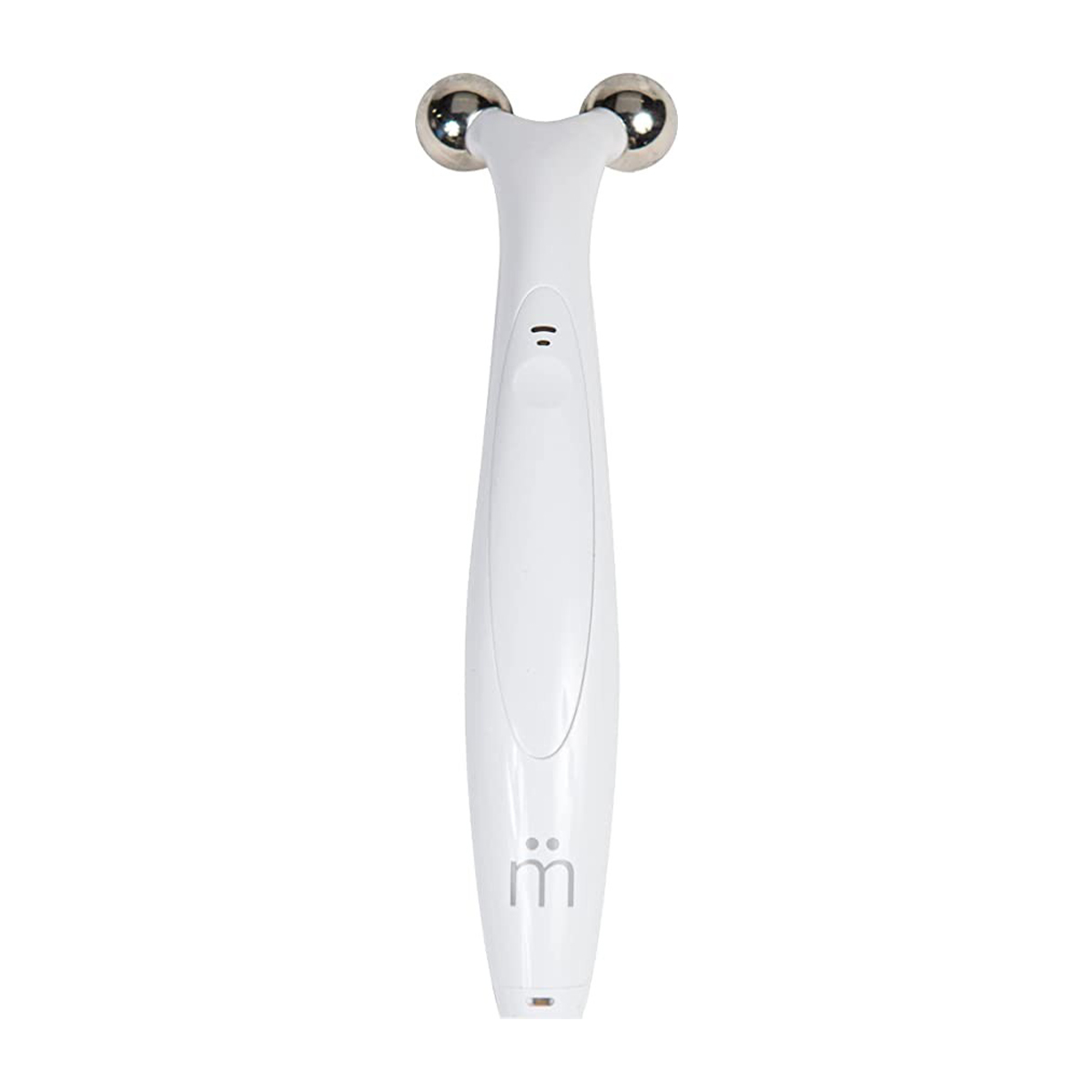
"For home use, 7E Wellness offers the Myolift QT, which is an app-based handheld, or the Myolift Mini, which utilizes dual probes. Both are fantastic! Both of the Myolift devices provide two separate programs, one to lift and contour the muscle, ideal to use from the jaw to orbital bone, and one to stretch and relax the muscle. Think of this as your Botox alternative, ideal for use around the mouth, eyes, and forehead. Using these devices consistently not only improves muscle health, but you'll see an improvement in skin firmness, brightness, and overall health while seeing a reduction in breakouts and dryness." — Sobelman

"LED therapy is a fantastic anti-aging modality, and Omnilux's Contour Mask is one of the simplest ways to get the benefits of LED therapy at home. It uses a blend of red and infrared light, which is the best combination for increasing collagen and firming the skin while decreasing inflammation. LED is another way to increase cellular energy to improve the overall health of the skin.
"The Contour Face Mask is made from lightweight silicone and is a wearable device. This means treatments are comfortable and can be integrated into most home activities. (I love to wear this while watching TV or folding laundry). Plus, each treatment only takes 10 minutes, which means adding the Contour into your skincare routine isn't a huge time commitment. They also offer a Contour treatment for the neck and décolleté and gloves for the hands." — Sobelman
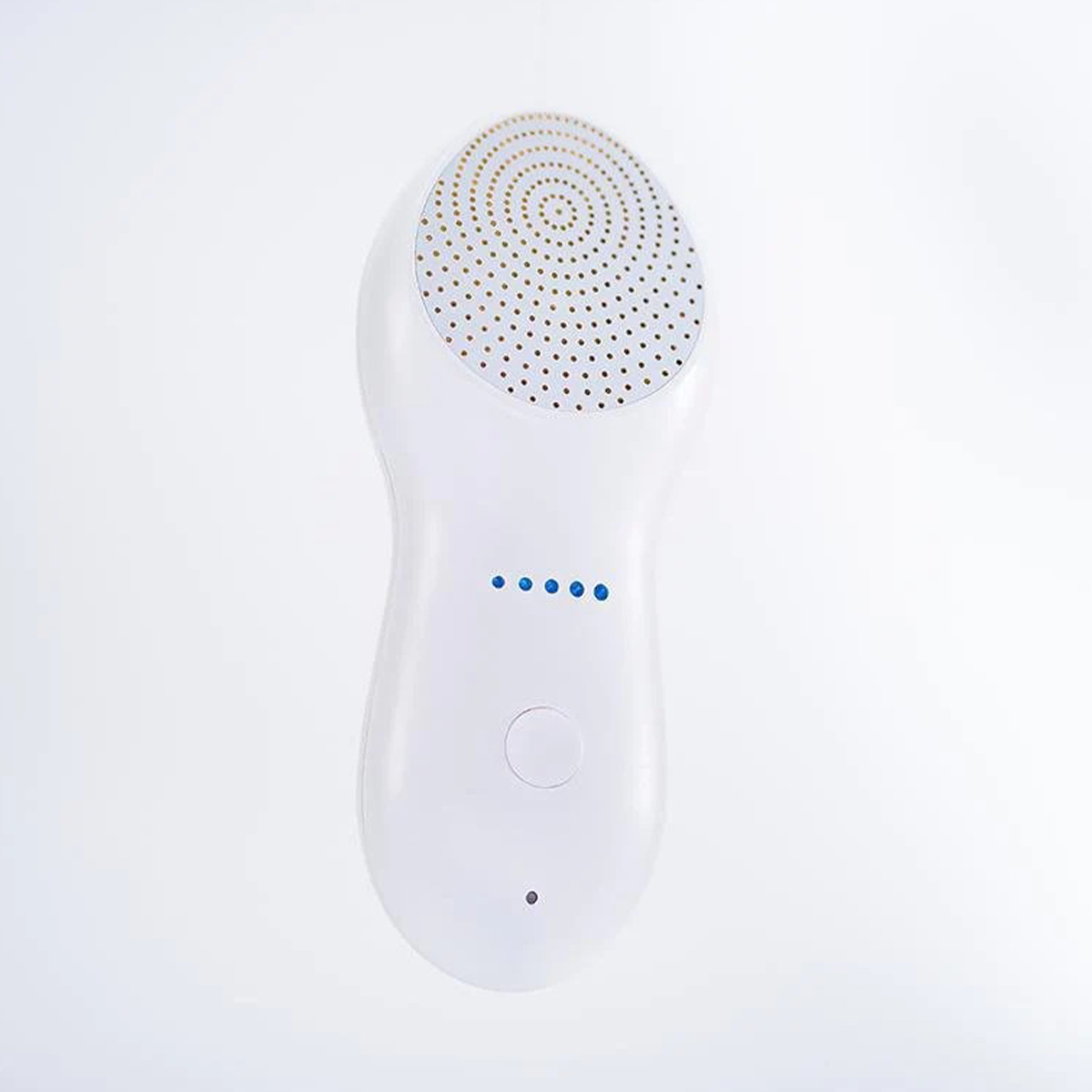
"The Nebulyft R1 is another at-home handheld radio-frequency device. While they have yet to provide any clinical studies at this time, I've been very impressed with the results of this device in just four weeks of use. It offers a quicker and more pleasant treatment compared to the Newa." — Sobelman

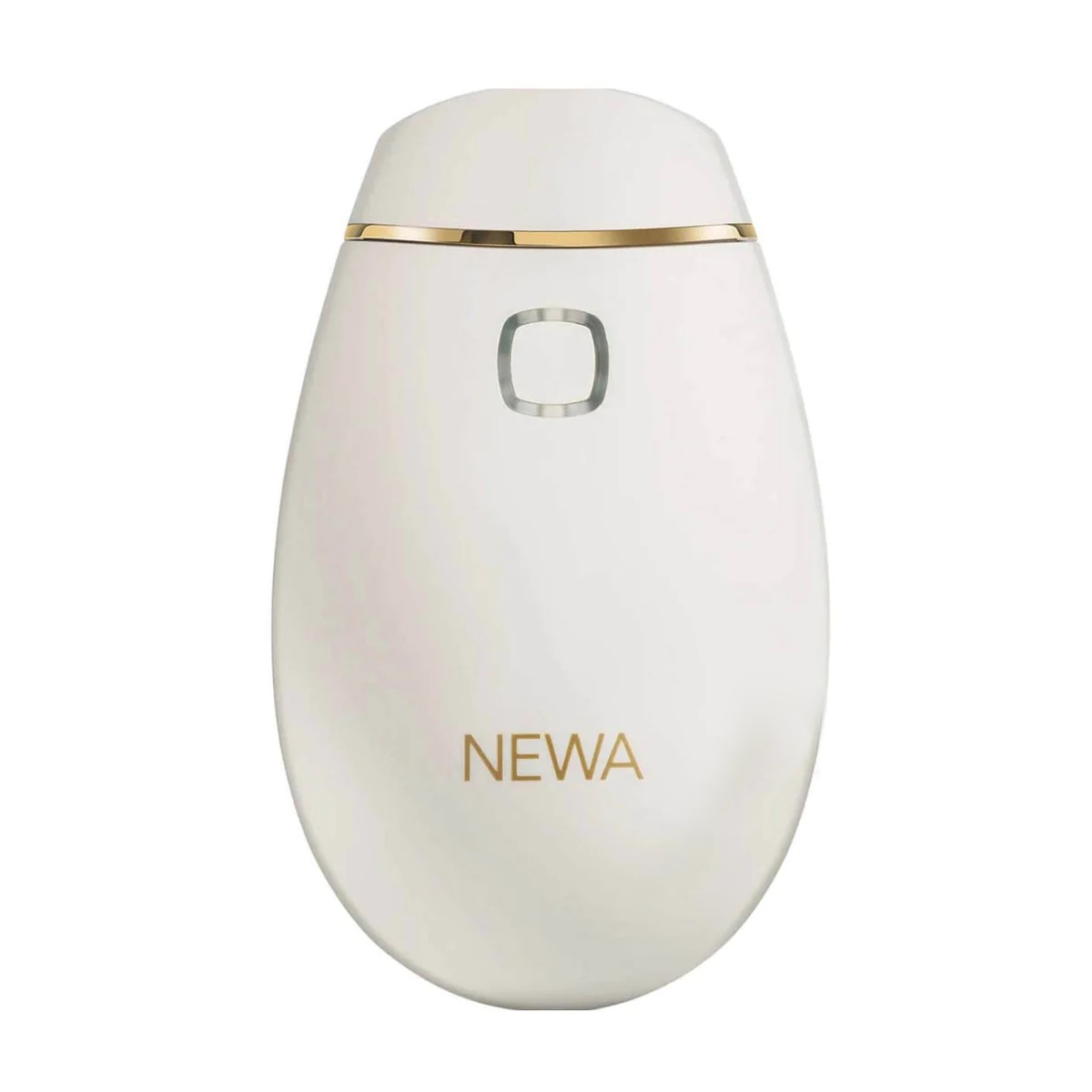
"Newa Beauty offers a small handheld radio-frequency device for home use in a plug-in and cordless option. The brand's parent company, EndyMed, is a professional medical device manufacturer, and it uses the same technology for the Newa range as it does for its pro devices. Clinical studies show that 12 weeks of use can stimulate up to 4% new collagen. While it does work, my only complaint is that the device can be a bit finicky if not used exactly as directed." — Sobelman
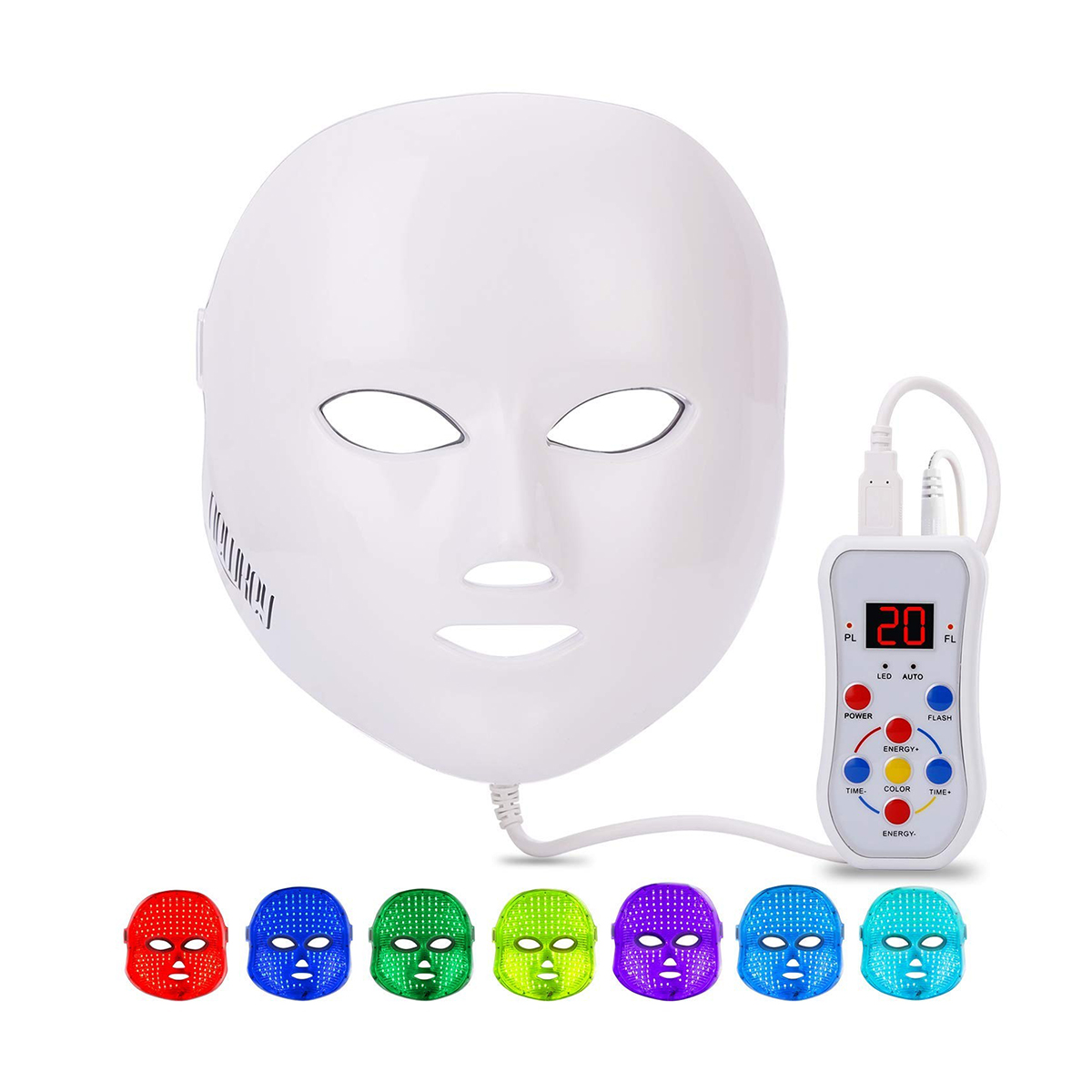
This is one of my favorite LED masks. It was a random Amazon find, but I won't lie to you: I've seen better results with it than other pricier LED masks out there. I like that you can customize your treatments by adding or subtracting the length of time and increasing or decreasing the energy levels.

The SolaWave Wand is a multitasking device that utilizes four separate treatments including microcurrent, red-light therapy, vibrating facial massage, and therapeutic warmth. Honestly, the device is a tad small for my taste, but it's great for those who like a portable option that's a tad budget-friendlier than some other devices.

Ziip's nano current device is pricey—there's no denying it. But when used regularly, it's definitely worth it. It can help prevent and reverse the signs of aging, has a mode to decrease acne (even cystic breakouts), and can smooth out the eye area. Nanocurrents in the device stimulate the skin's levels of co-enzyme ATP, which helps promote collagen and elastin production. It's also app-operated and has over 15 options to treat just about every skincare issue.

The Best Anti-Aging Device Conductivity Gels
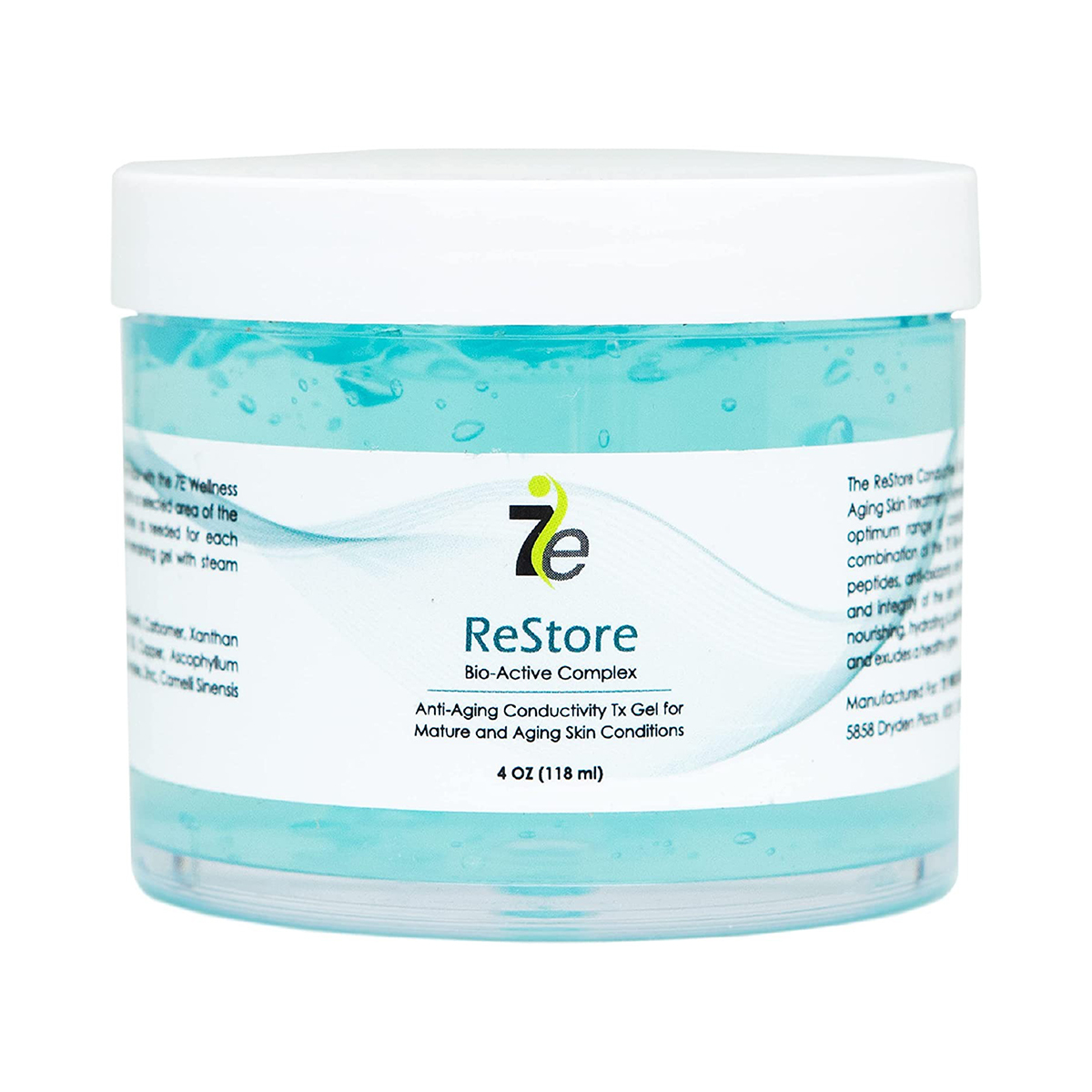
When using a microcurrent device, it's great to have a good conductor gel handy to provide extra comfort and penetration. This restorative conductive gel from 7E Wellness has a pretty simple, clean ingredient list and provides extra hydration and nourishment to the skin on top of a microcurrent treatment.
Up Next: LED Face Masks Are Worth the Splurge But Only If You Know the Best Ones to Buy
Shawna Hudson is a beauty, wellness, lifestyle, and travel writer with over 10 years of experience. She graduated from California State University, Fullerton, with a degree in journalism and has written for other publications such as Bustle, The Zoe Report, Byrdie, Elite Daily, and more. She is currently a beauty writer at Who What Wear and hopes to continue feeding her (completely out-of-control) beauty obsession as long as she can. Stay up to date on her latest finds on Instagram @shawnasimonee.
-
 Coniglio Palm Beach Just Launched At Shopbop— Consider These Vacation-Ready Pieces For Your Next Getaway
Coniglio Palm Beach Just Launched At Shopbop— Consider These Vacation-Ready Pieces For Your Next GetawayYour wardrobe for your next tropical stay is here.
-
 Yes, Cyber Month Is Over, But Nordstrom Just Dropped Some Sneaky New Markdowns—These 16 Are Best
Yes, Cyber Month Is Over, But Nordstrom Just Dropped Some Sneaky New Markdowns—These 16 Are BestShop these surprise deep discounts ahead of the holidays.
-
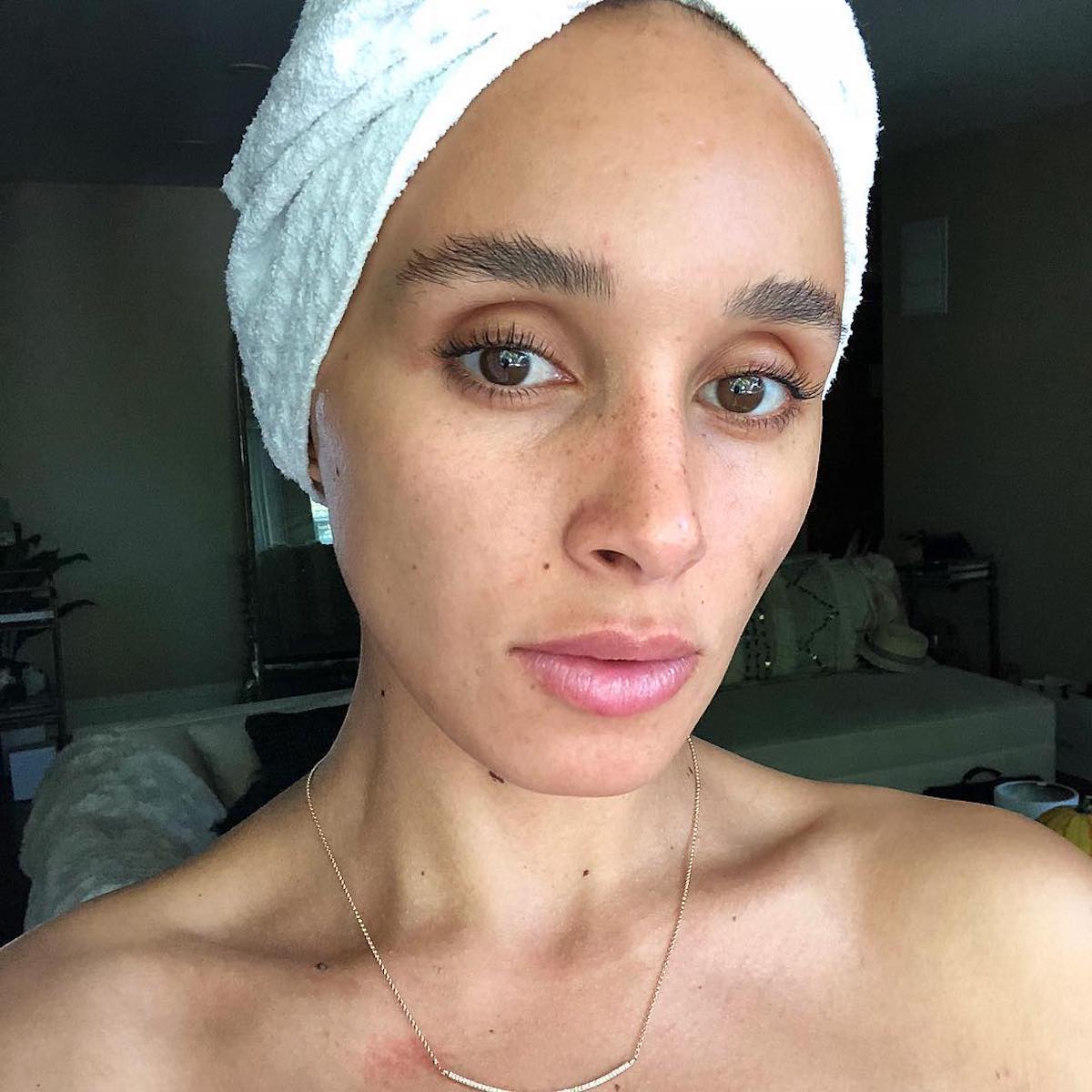 Retinol Alternatives Are Trending, But Are They Just as Effective? I Got Answers
Retinol Alternatives Are Trending, But Are They Just as Effective? I Got AnswersA dermatologist sounds off.
-
 Stem Cell Beauty Products Made Me Nervous—I Asked Experts My Burning Questions
Stem Cell Beauty Products Made Me Nervous—I Asked Experts My Burning QuestionsThere's a lot to know.
-
 A Beloved Celebrity Facialist Shares Her Top Tips for Caring for Skin at Age 40+
A Beloved Celebrity Facialist Shares Her Top Tips for Caring for Skin at Age 40+Pure gold.
-
 I Slept On This "Controversial" Product for Years, and Now I Have Regrets
I Slept On This "Controversial" Product for Years, and Now I Have RegretsIt's done amazing things for my mature, acne-prone skin.
-
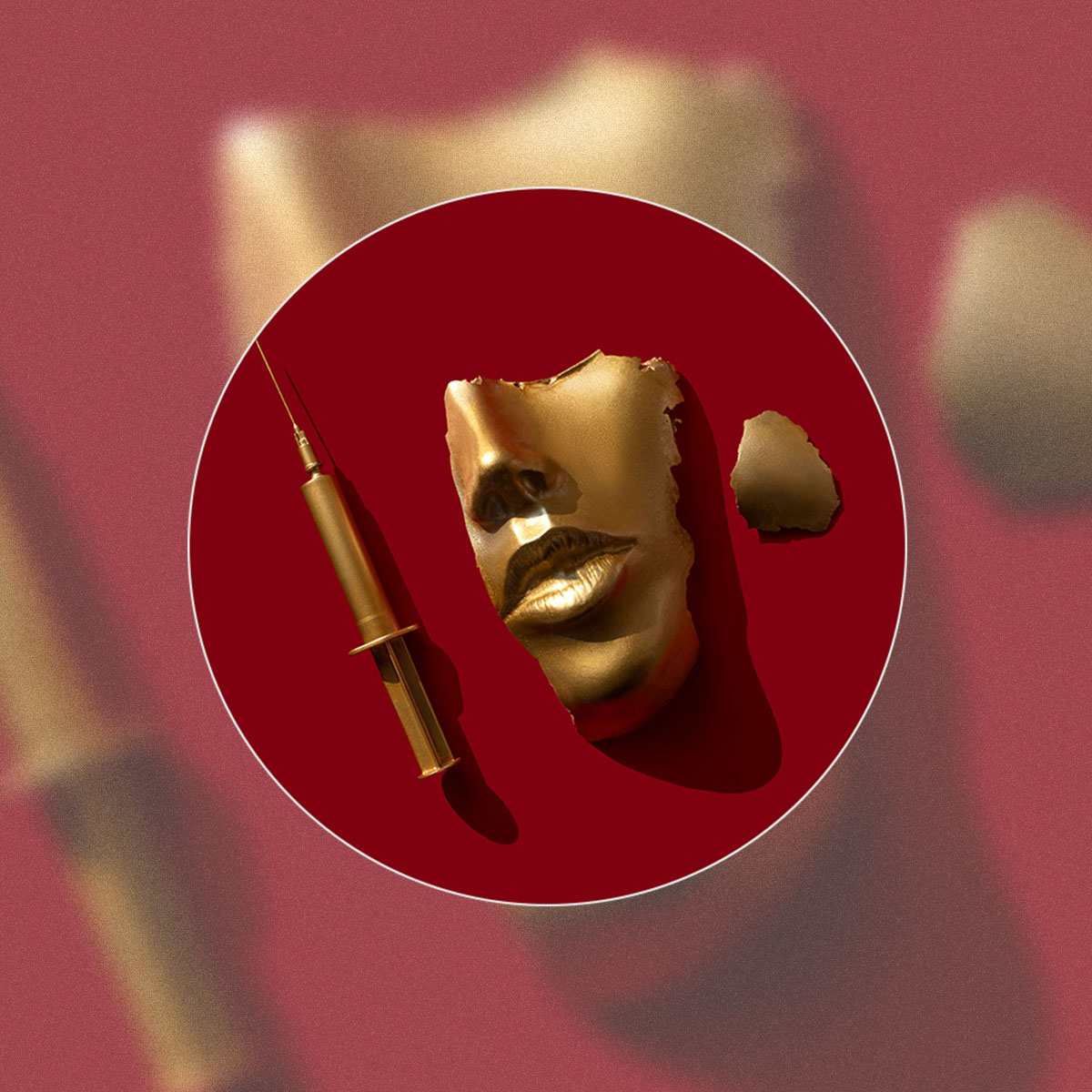 We ID'd the Latest Injectable du Jour—Why Everyone's About to Be Asking for It
We ID'd the Latest Injectable du Jour—Why Everyone's About to Be Asking for ItHint: It actually regenerates cells.
-
 My Mom Wanted to Reverse-Age Her Hair—Here's What Celeb Stylists Prescribed Her
My Mom Wanted to Reverse-Age Her Hair—Here's What Celeb Stylists Prescribed HerHere's to fuller, shinier strands.
-
 Beauty Editors and Industry Insiders Love This Tool—Now I Can Finally Afford It
Beauty Editors and Industry Insiders Love This Tool—Now I Can Finally Afford ItI could get Botox or I could use this tool (yes, the results are that good).
-
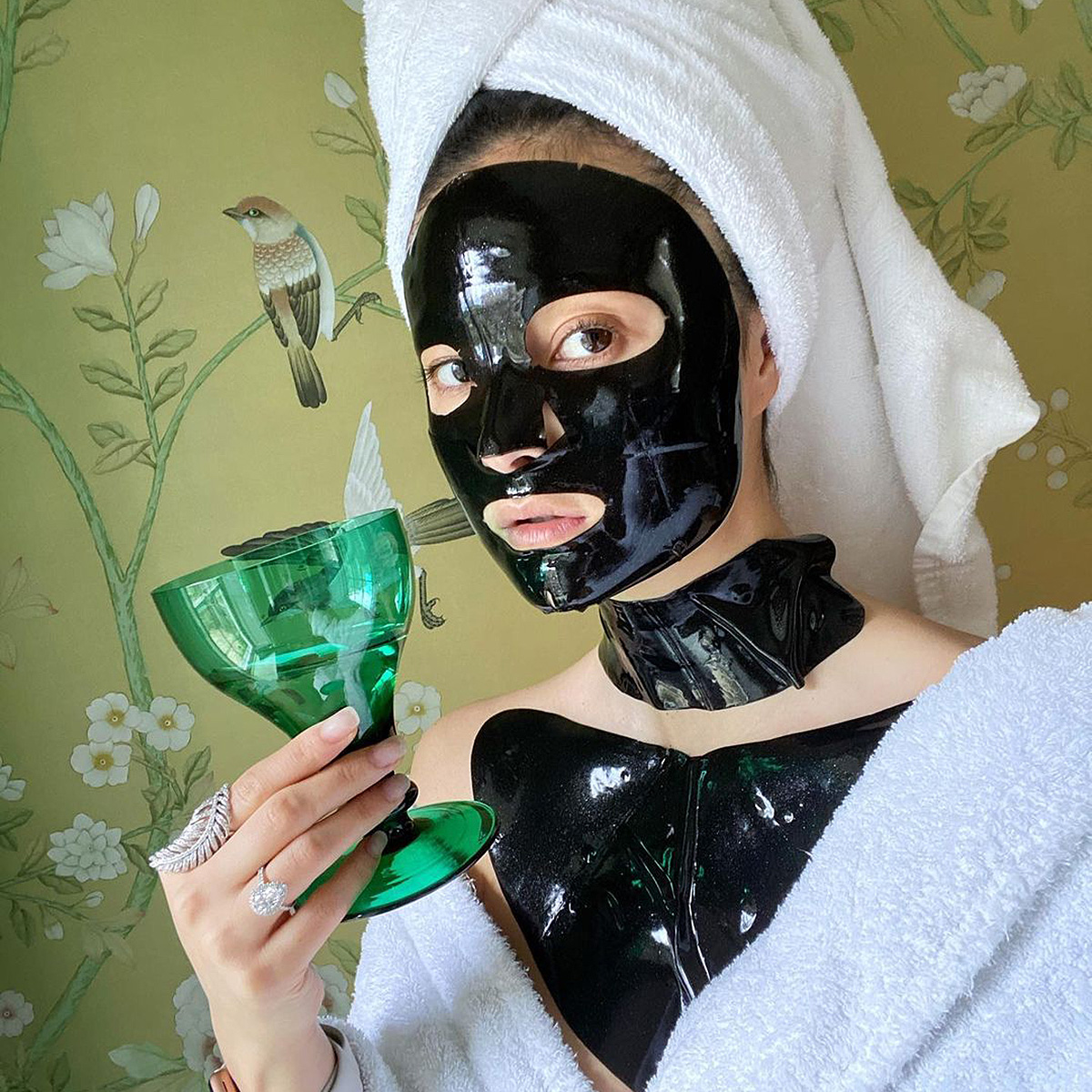 I've Made the Jump to Heavy-Duty Anti-Aging Products—Here Are My Recs
I've Made the Jump to Heavy-Duty Anti-Aging Products—Here Are My RecsFrom an almost 38-year-old.
